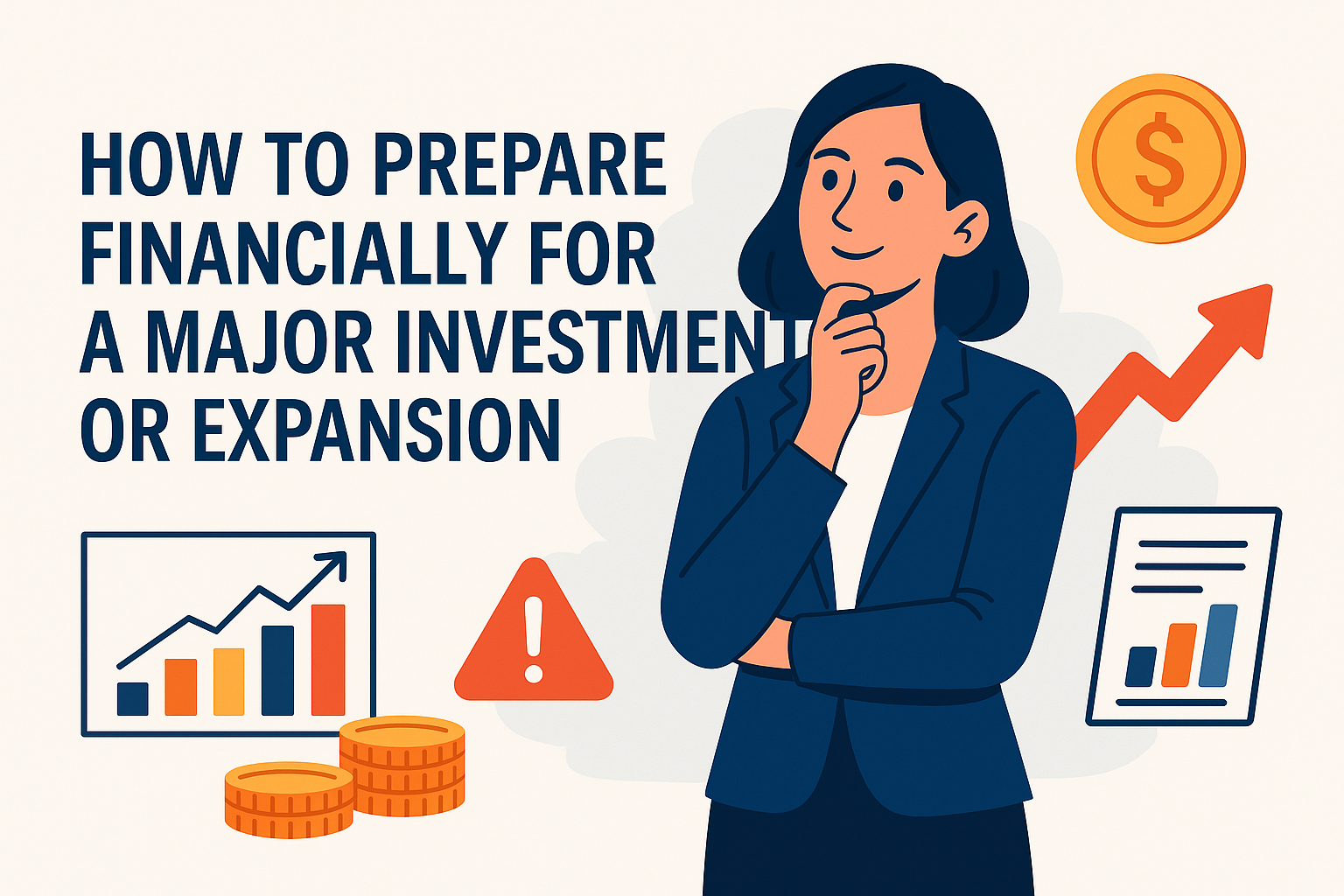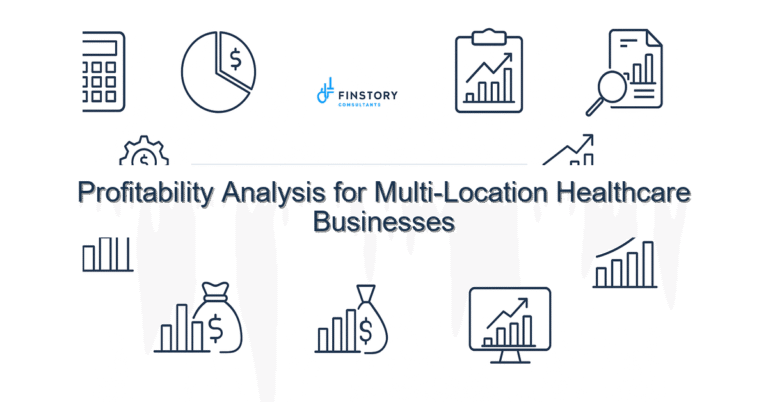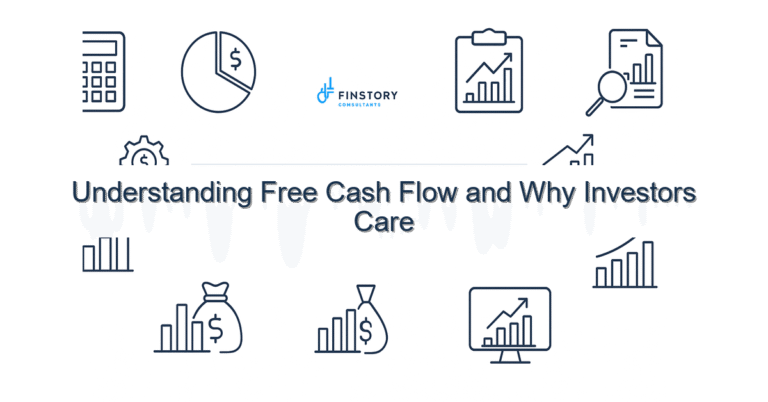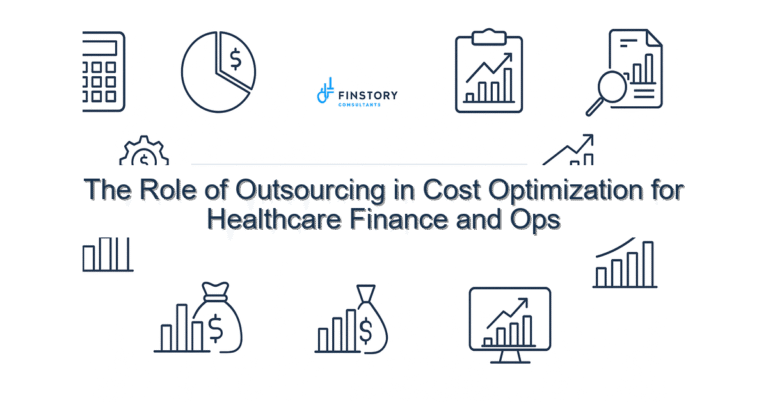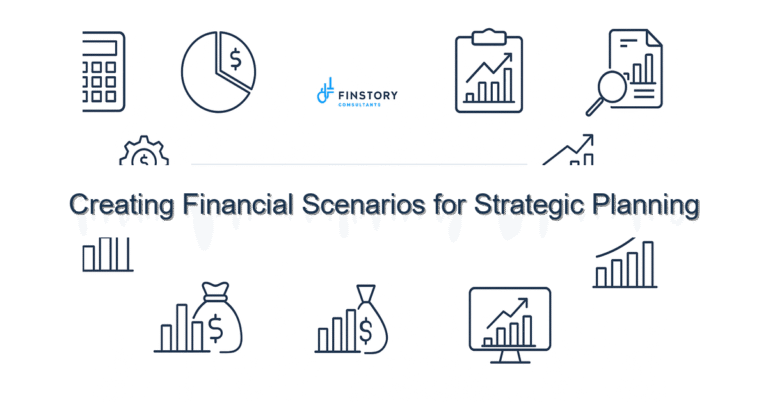Analyzing Product Profitability: Real Examples
You may have bestsellers flying off the shelves — but are they actually making you money?
Many business owners focus on sales volume or revenue, but overlook the real star of the show: product-level profitability. If you’re not analyzing profit per product, you might be unknowingly scaling loss-makers.
Let’s fix that.
What Is Product Profitability?
It’s how much actual profit each product contributes to your business after subtracting all direct costs related to it — like:
- Cost of goods sold (COGS)
- Packaging and shipping
- Advertising spend (especially if product-specific)
- Transaction and platform fees
It doesn’t include overhead like rent or executive salaries (unless you allocate it proportionally).
Why It Matters
- You might be promoting a low-margin product too heavily
- Some “slow movers” could be quietly more profitable than your bestsellers
- It helps you price smarter, plan promotions better, and cut the dead weight
Real Example: E-Commerce Brand
A skincare brand ran an ad campaign on Instagram. Their best-selling moisturizer flew off the shelves at $40 each.
Here’s the breakdown:
- COGS: $12
- Ad spend per sale: $18
- Shipping & packaging: $5
- Fees: $2
- Profit: $3
Despite $20k in revenue, their margin was razor-thin — just 7.5%.
They analyzed their full product line and found a less popular serum had:
- Higher price ($55)
- Lower ad cost per conversion ($10)
- Higher reorder rate
With that insight, they shifted marketing spend and grew profit by 25% in one quarter — without increasing total revenue.
Hypothetical Scenario: Cafe Menu
A café’s avocado toast is their top-seller. It brings in steady foot traffic, but after factoring in:
- High ingredient spoilage
- Labor-intensive prep
- Seasonal price fluctuations in avocados
…they realize the muffin and coffee combo yields 3x the margin with half the complexity.
Action? They rework pricing and bundle muffins with beverages to increase average order value.
How to Analyze Product Profitability
🧾 Step 1: Track true costs
Break down:
- Material costs
- Manufacturing or supplier expenses
- Fulfillment (packaging, shipping, returns)
- Platform fees (Shopify, Stripe, Amazon)
- Marketing spend (esp. for paid campaigns)
📊 Step 2: Assign revenue by product
This is simple for single-product orders, but for bundles or upsells, make reasonable allocations.
🧠 Step 3: Calculate gross profit per productGross Profit = Selling Price – Total Direct Costs
⚖️ Step 4: Rank by profit contribution
Don’t just look at margin % — also look at volume x margin to see total contribution.
📉 Step 5: Identify loss-makers
Are you keeping products that only feel successful? Either re-price, repackage, or discontinue.
Where a Virtual CFO Can Help
A Virtual CFO dives deep into your product economics. They can:
- Build profitability dashboards
- Tie ads and promotions to product-level ROI
- Guide product mix and pricing strategy
- Spot patterns across seasons or sales channels
You’ll stop guessing — and start optimizing.
Final Thought
Not every popular product is a profitable one.
And not every slow seller is dead weight.
Dig into the data. It might surprise you what’s really driving — or draining — your bottom line.

